Mood board

Photo Shoot
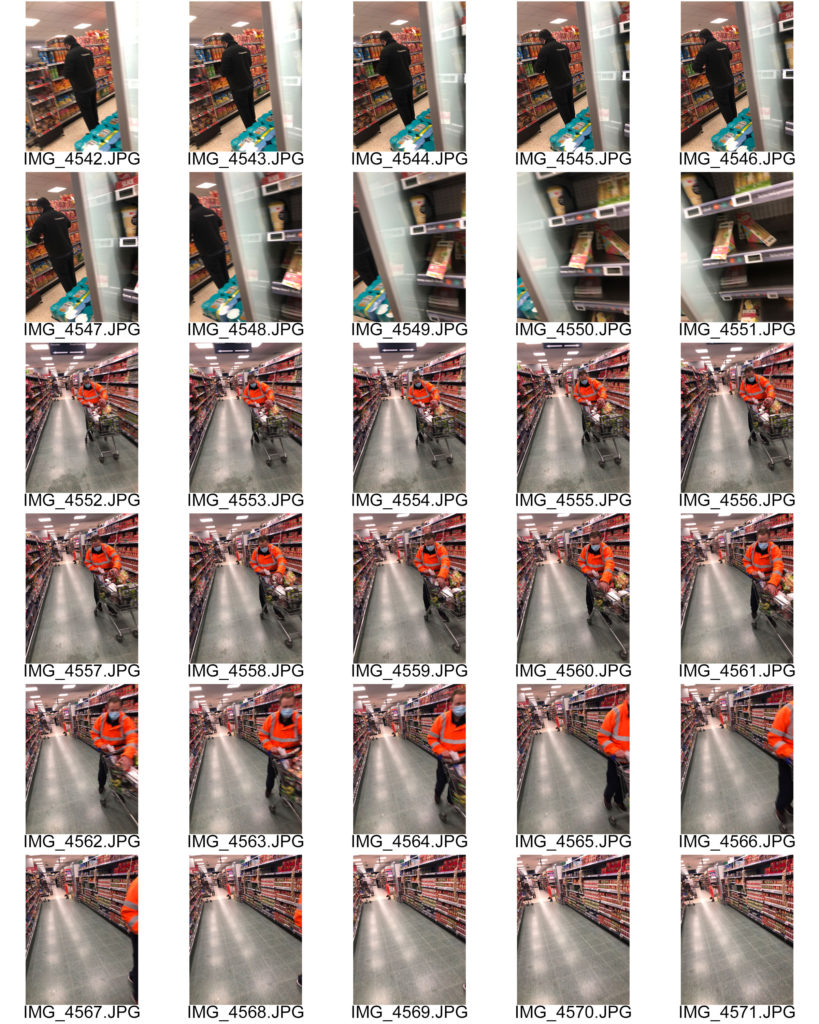

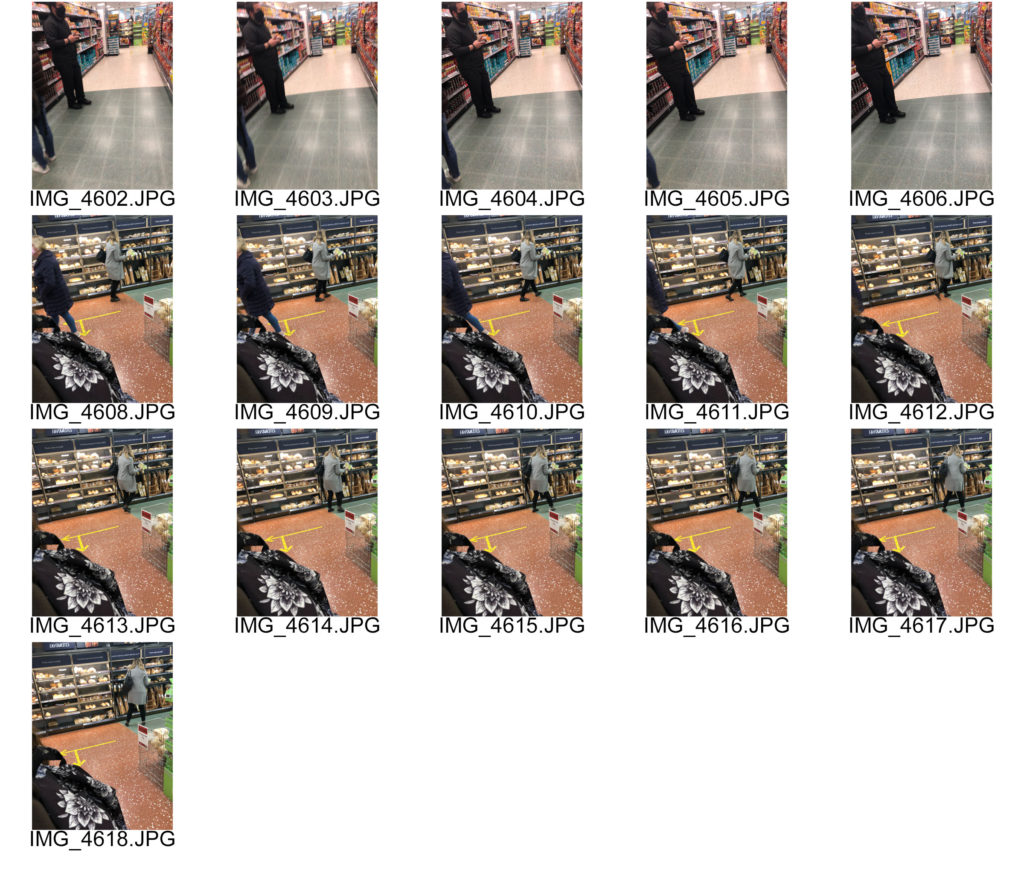
Mood board

Photo Shoot



Henri Cartier – Bresson and “The Decisive Moment”
Henri Cartier-Bresson: The Decisive Moment examines Cartier-Bresson’s influential publication, widely considered to be one of the most important photobooks of the twentieth century. Pioneering for its emphasis on the photograph itself as a unique narrative form, The Decisive Moment was described by Robert Capa as “a Bible for photographers.” Originally titled Images à la Sauvette (“images on the run”) in the French, the book was published in English with a new title, The Decisive Moment, which unintentionally imposed the motto which would define Cartier-Bresson’s work. The exhibition details how the decisions made by the collaborators in this major project—including Cartier-Bresson, French art publisher Tériade, American publisher Simon & Schuster, and Henri Matisse, who designed the book’s cover—have shaped our understanding of Cartier-Bresson’s photographs. Through vintage gelatin silver prints, first-edition publications, periodicals, and correspondence, Henri Cartier-Bresson: The Decisive Moment brings new insights to this iconic work.
Mood board

Contribution to MAGNUM Photo Agency
Two years after the apocalypse that was called the Second World War ended, Magnum Photos was founded. The world’s most prestigious photographic agency was formed by four photographers – Robert Capa, Henri Cartier-Bresson, George Rodger and David “Chim” Seymour – who had been very much scarred by the conflict and were motivated both by a sense of relief that the world had somehow survived and the curiosity to see what was still there. They created Magnum in 1947 to reflect their independent natures as both people and photographers – the idiosyncratic mix of reporter and artist that continues to define Magnum, emphasizing not only what is seen but also the way one sees it.
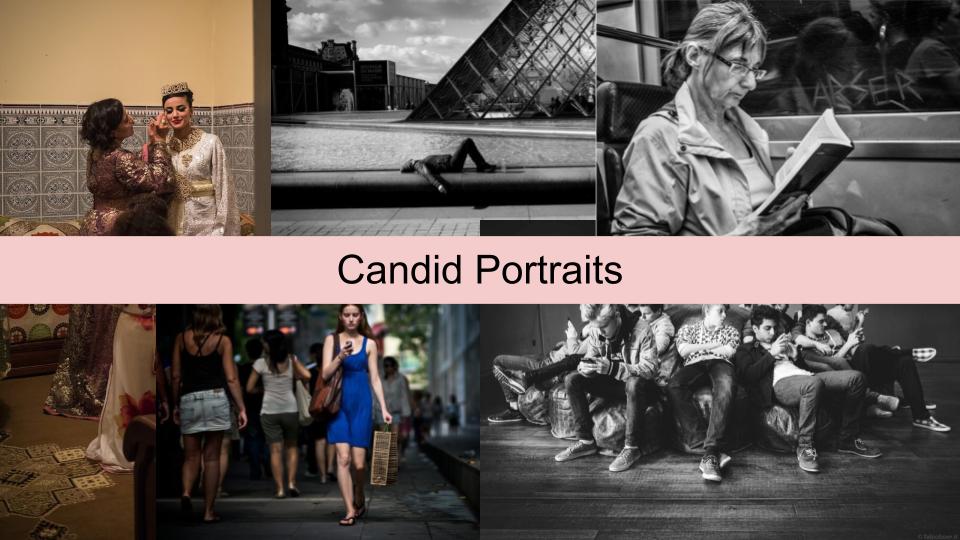
Candid portraits are when the person who is the main subject of the photo is unaware that they are being photographed, the idea of a candid portrait is to capture people acting naturally. The reason why they have to be unaware that they are being photographed is because when they do become aware their behaviour in front of the camera changes and they become aware of what they’re doing.
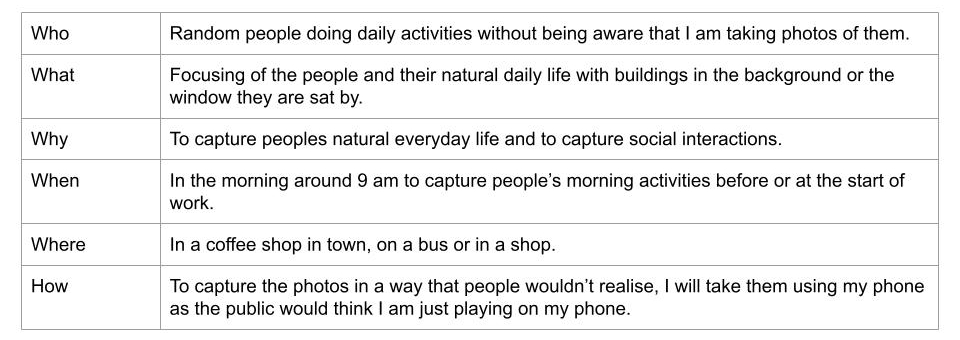
Photo Shoot
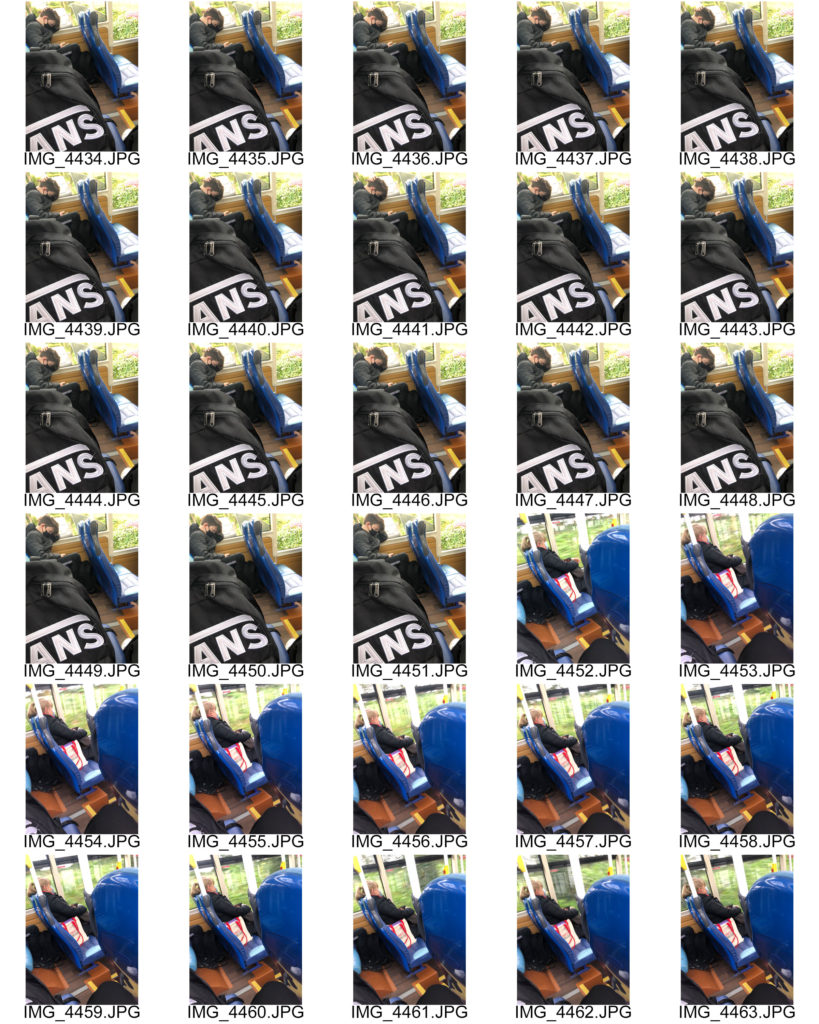
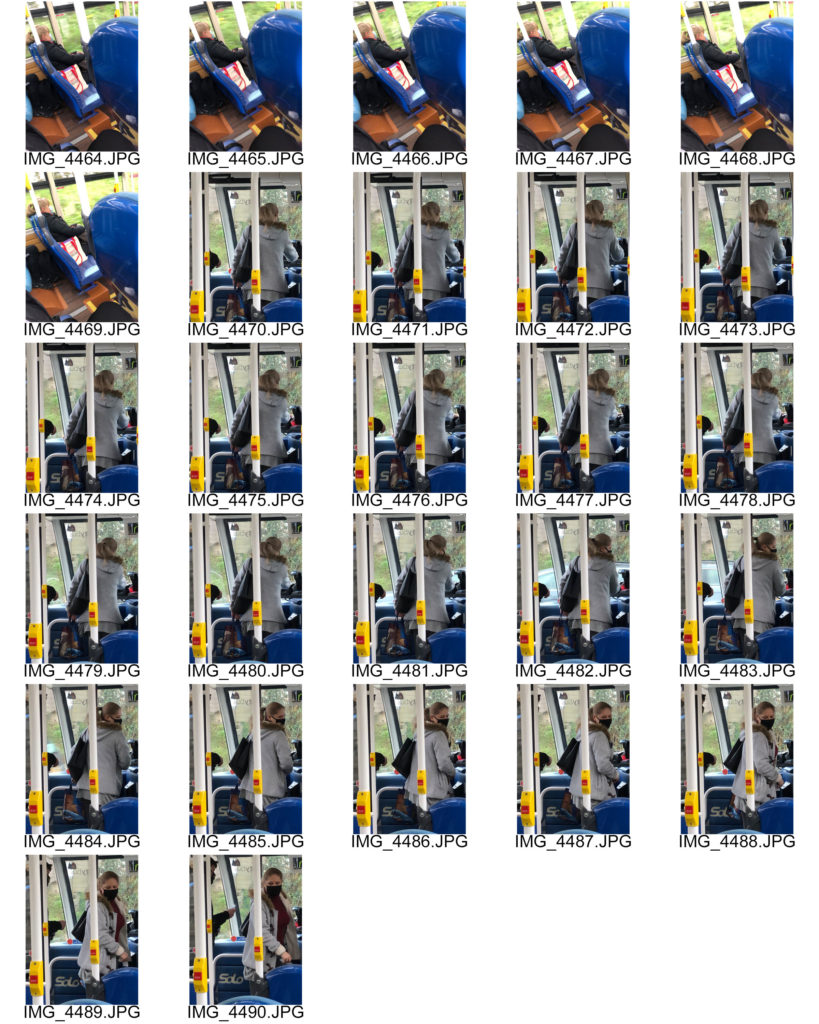
Street Photography
Street photography is a genre of photography which focuses on recording everyday life in a public place, street photography relates to candid portraits as the street photographs may include people who are unaware they’re being photographed.
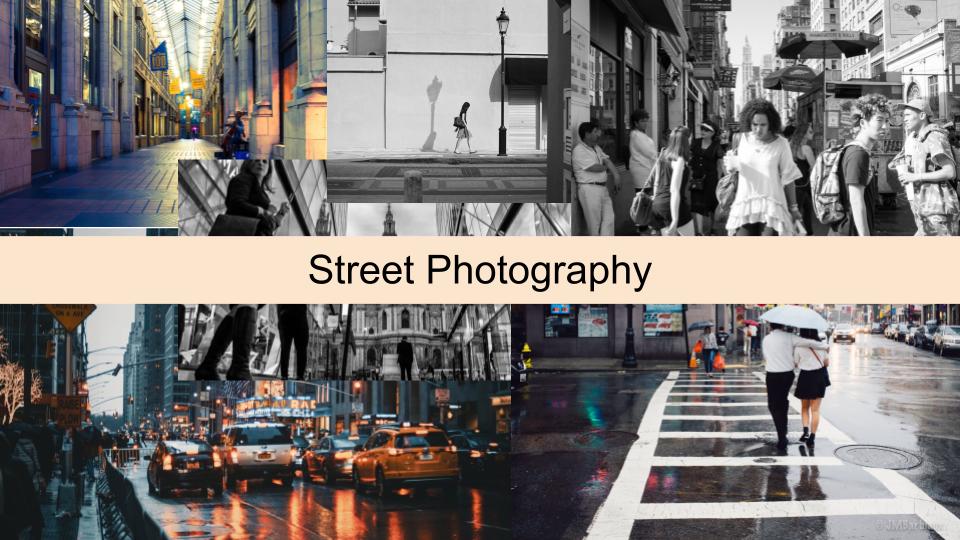

With my final images that I found were most effective I open each image in photoshop and copied them on to an empty gallery room where I distorted the images to get them to fit on the walls and aligning them to the ground. Edit > transform > distort. I then put a light drop shadow behind each photo to give them the affect that they’re on the wall.
Paul Strand tried to communicate the sentiment of the land and its occupants straightforwardly, truly, and with deference. His prints are excellent in detail and resonance, and his methodology has affected American photography incredibly. Strand supported “straight photography,” and shot road representations to city scenes, machine structures, and plants with his particular clearness, accuracy, and mathematical structure. From 1904-09, he studied photography under Lewis Hine at the Ethical Culture School in New York, where he was born. Hine acquainted Strand with Alfred Stieglitz, who supported him and gave him a presentation in 1915, and distributed his work in the two last issues of Camera Work. Dynamic as both a still picture taker and a producer, Strand has been incredibly compelling.
Strand teamed up with Charles Sheeler in 1921 on the short film Mannahatta, and from 1923 to 1929, he functioned as an independent cinematographer. He filled in as head of photography and cinematography for the Mexican government’s Department of Fine Arts from 1932 until 1934; he administered creation of the government supported documentary The Wave. In 1935 he went overseas with directors of the Group Theater to Moscow, where he met movie chief Sergei Eisenstein. Upon his return, he dealt with Pare Lorentz’s film The Plow That Broke the Plains for the Resettlement Administration. Strand got comfortable in Orgeval, France, in 1951; there his thoughtfulness regarding “the world at his doorstep” moved to the basic excellence of his nursery. He distributed a progression of books on his movements around the globe.
My interpretation
| Who | Someone wearing a sign saying “BLIND” around their neck. |
| What | Stairs with the rail making a line shadow down them or buildings with interesting shadows to take photos of. |
| Why | Paul Strand liked to take photos using the natural lighting making interesting shadows on the ground, which he focuses his photos on. So the photos I’ll be taking will be focused on the shadows the rail makes and the shadow behind the person wearing a sign. |
| When | Near the end of the day or the start as I get more shadows going across the ground. With the photo having someone wearing the sign saying blind I want to do it before midday so the lighting would be on the person casting a shadow behind them. |
| Where | For the stairs photos I will go to millennium park to take photos of the stairs leading up to the park as the sun gets to the rails easily so the lighting will be natural when taking the photos. I will also go around town when the sun is setting to get some abstract photos of buildings casting shadows. |
| How | With the photo of the sign, I will make it using a piece of card or paper which I will write in bold BLIND or something different like DEAF then punch two holes in the corner of the paper and attach string which the person can then put around their neck. |
An environmental portrait is a portrait executed in the subject’s usual environment, such as in their home or workplace, and typically illuminates the subject’s life and surroundings. The term is most frequently used of a genre of photography.
Environmental Portrait
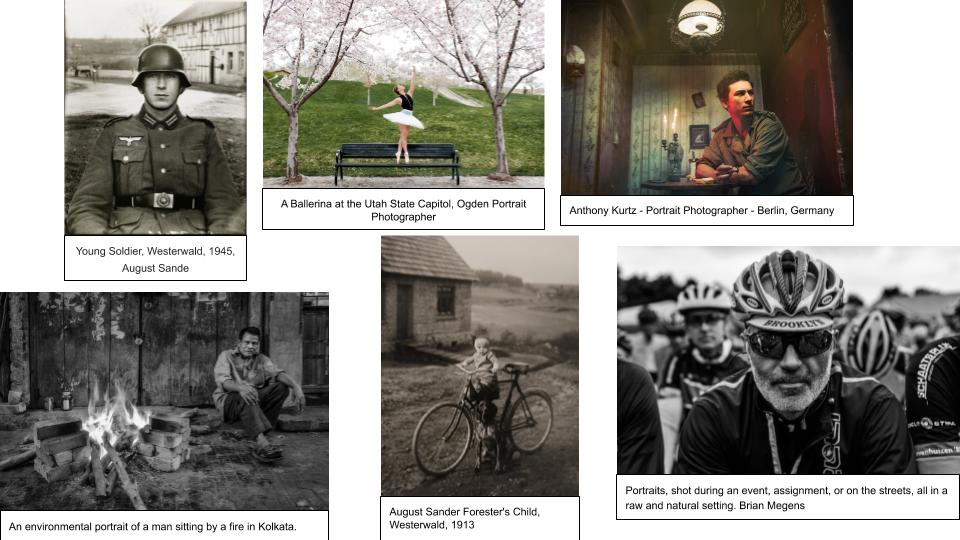
August Sander
August Sander was born on 17 November 1876 and died on 20 April 1964. He was a German portrait and documentary photographer. He’s best know for environmental portraits during the 1920s and 1930s riding his bike on the muddy German country roads, Sander photographed every type of person he came across in an attempt to capture German society as a whole. Sander photographed middle class families, farmers, students, blind children, war veterans, circus artists and beggars. In each photograph Sander had his models simply stare at the camera, and hold still.
https://www.mprnews.org/story/2008/03/20/augustsander
Image Analysis

In this photo the lighting is natural and seems to be coming from behind the photographer as you can see the building behind him has made a shadow which is behind the soldier.
Portraits are paintings, drawings or photographs of a person, usually focusing on their head and shoulders. Portraits and portraiture started out as paintings. Usually, these types of portraits were done to show power, status, and nobility and were typically reserved for the wealthy. Once photography became popular in the late 1800s with the release of the very first Kodak cameras, portraiture became popular and was more available to the public.
Portraits

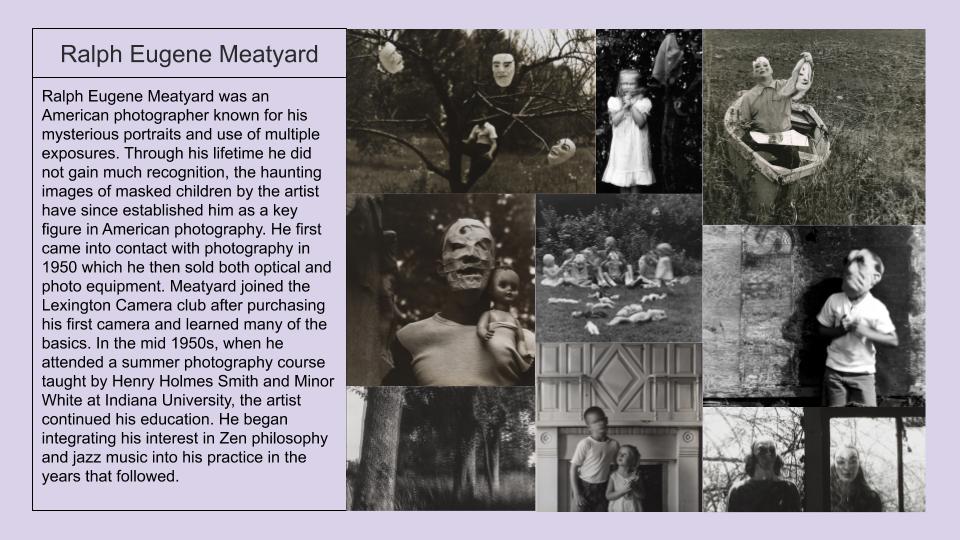



Original
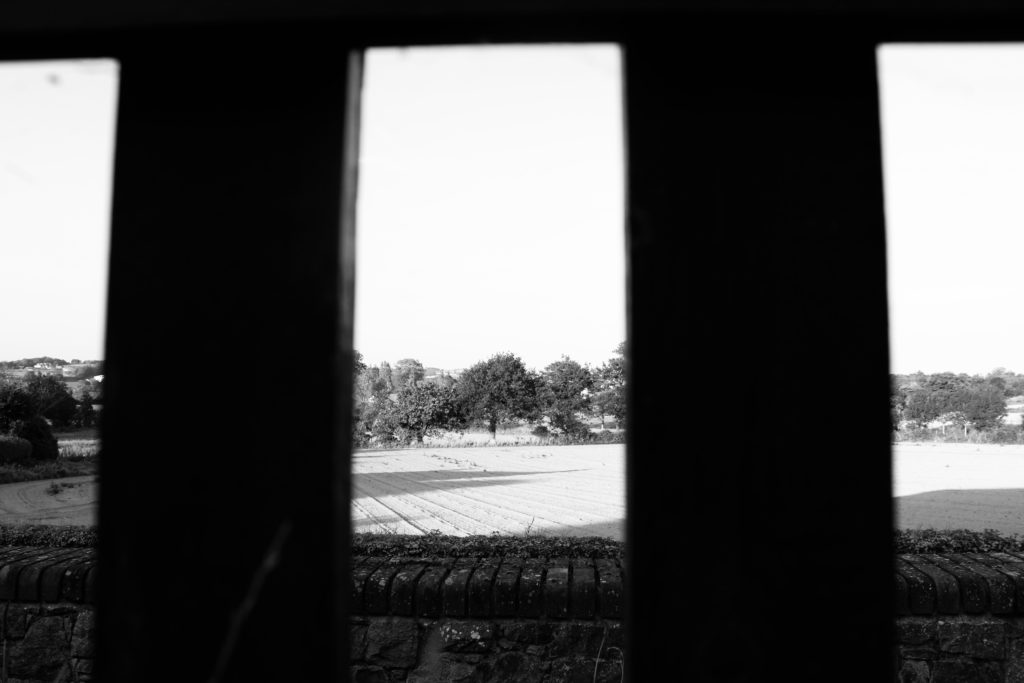
~~~~~~~~~~~~~~~~~~~~~~~~~~~~~~~~~~~~~~~~~~~~~~~~~~~~~~~~
Final outcome
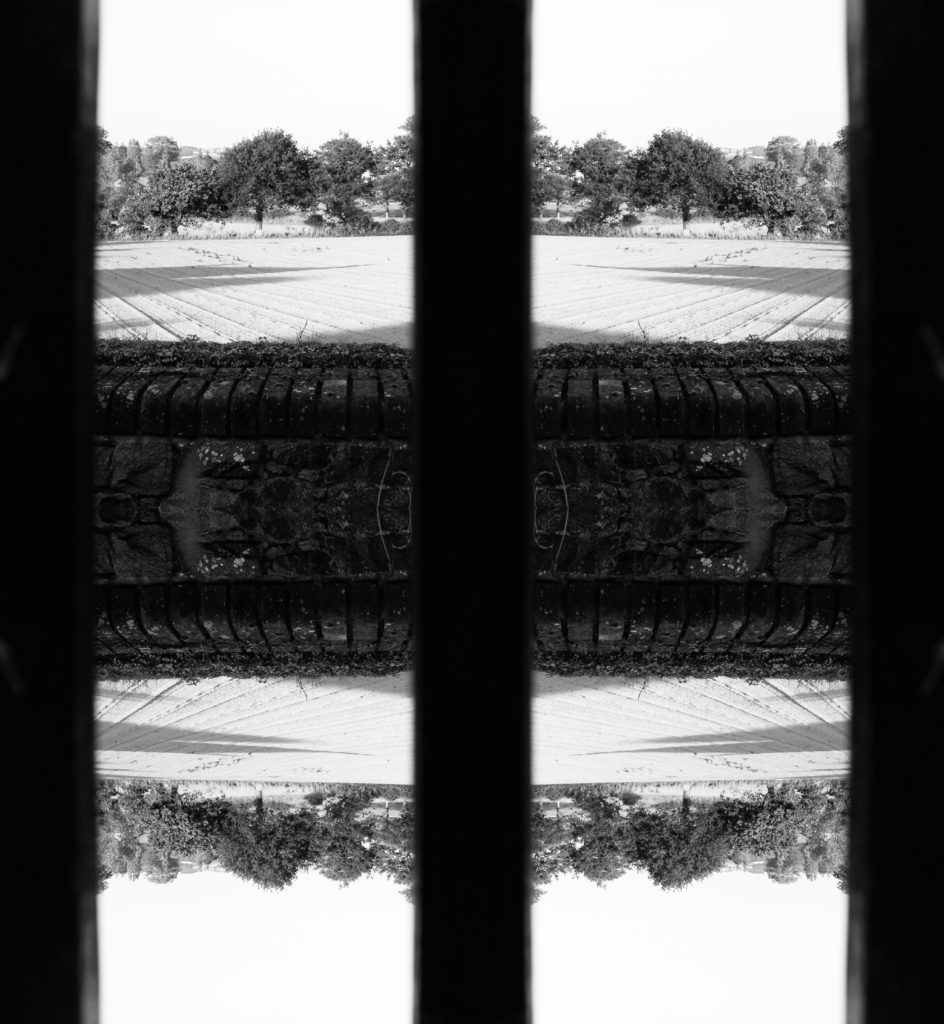
First I cropped my image to the size I wanted then I copied the image by pressing control A then going into edit and copy, after increasing the canvas to the right by going into image, canvas size then pressing the left middle arrow and changing the width size to 31. I pasted the image and flipped the image horizontally by going onto image, image rotation and flip image horizontal and flattened the two images together by pressing the four horizontal lines where the layers are and then pressing flatten image. I repeated the process but flipping the image vertically.
Nick Albertson
Compare
Both images show strong lighting from where the camera is pointing having a tonal range going from light at the front to dark at the back. Both photos use a fast shutter speed at the images are in focus and not blurry from movement, with Albertson’s and Metzker’s photos both use straight lines going across the photo of just making a rectangular or square shapes which all spaces are in a 2D layout making the image look flat. The photos produced by these photographers reflect the year/years these photos have been taken where Albertson’s image looks slightly futuristic whereas Metzker’s igmage looks old and in time frame.
Ray Metzker
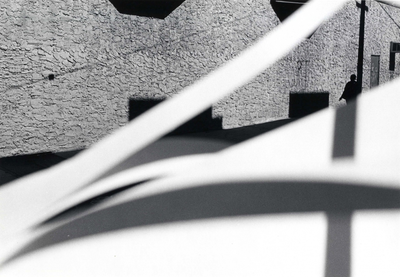
Contrast
In Albertson’s photo he bases his image on colour whereas Metzker uses black and white tones instead, the focus of the photo in Metzker is behind the white lines focused on the wall which is the opposite to Abertson’s as he focuses at the centre at the front. With Abertson’s photo he uses set lighting which he prepares for his photos which is different to Metzker as he uses natural lighting and doesn’t adjust the scenery except with an object to put in front of the camera such as a piece of paper to change the boring streets into something that is irregular whereas Albertson doesn’t block the camera and focuses on one centre object.